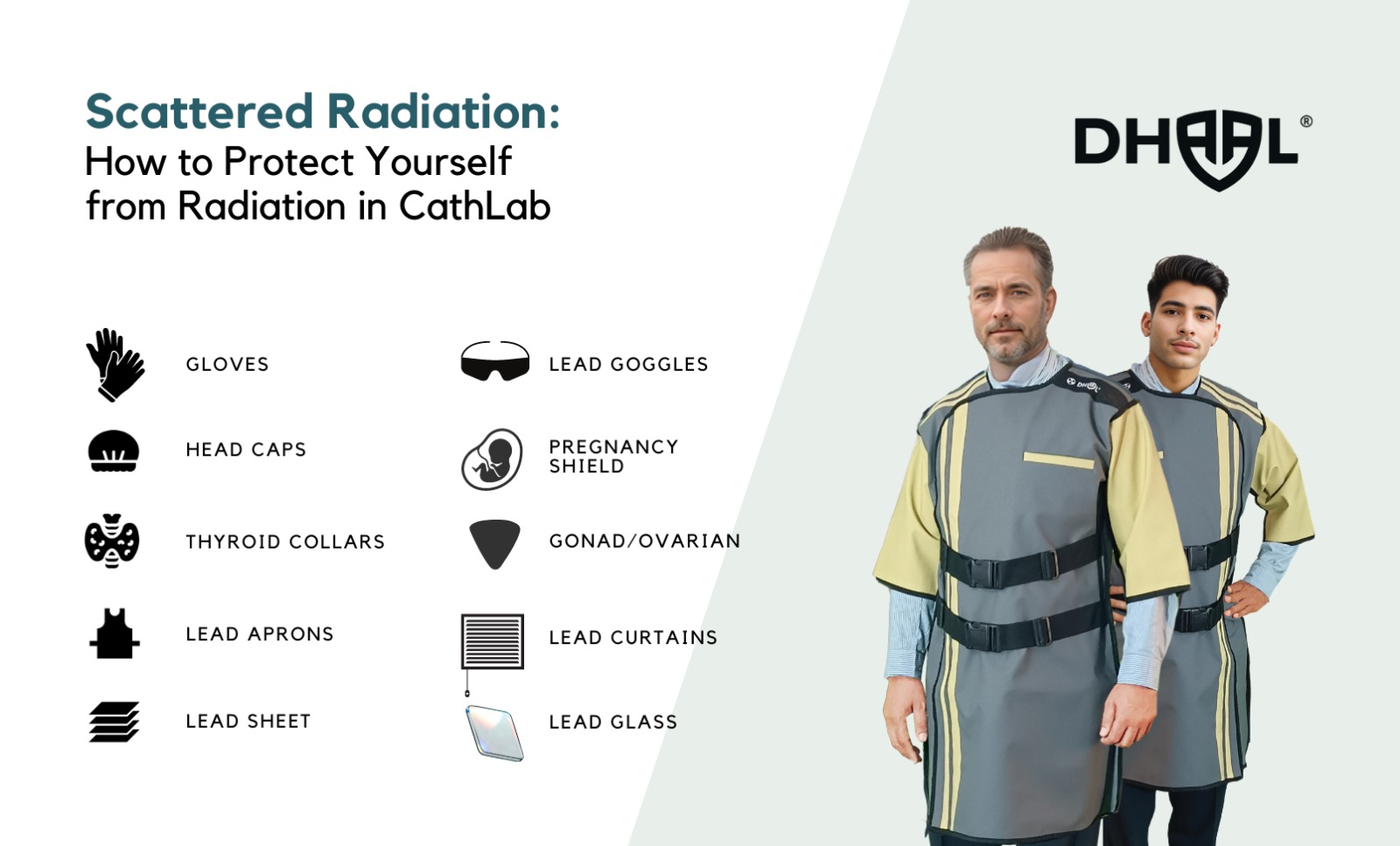
In the medical field, especially in specialties like radiology and cardiology, healthcare professionals frequently encounter radiation exposure. With the increasing use of imaging technologies such as X-rays, CT scans, and fluoroscopy, ensuring the safety of both patients and medical staff is paramount. One essential tool in this protective arsenal is the lead apron. In this blog post, we’ll explore how lead aprons work and why they are crucial for protecting doctors from radiation exposure.
Understanding Radiation Exposure
Radiation is a form of energy that can pass through the body, potentially damaging tissues and cells. While many medical imaging techniques are invaluable for diagnosing and treating patients, prolonged exposure to ionizing radiation can pose health risks, including an increased risk of cancer.
What is a Lead Apron?
A lead apron is a protective garment made of lead or lead-equivalent materials. These aprons are designed to shield vital organs from radiation during medical procedures. They typically cover the torso and are available in various styles and sizes to accommodate different body types and procedures.
How Do Lead Aprons Work?
Lead Free full wrap aprons are effective because lead is a dense material that absorbs radiation, preventing it from penetrating through to the body. Here’s how they help:
- Radiation Shielding: The primary function of lead aprons is to shield critical organs, such as the heart, lungs, and reproductive organs, from harmful radiation. The lead in the apron effectively blocks a significant amount of radiation, reducing exposure risk.
- Weight Distribution: Modern lead aprons are designed to be comfortable while still providing the necessary protection. They distribute weight evenly across the body, reducing fatigue for healthcare professionals who may wear them for extended periods.
- Customization: Full Wrap Skirt Vest Lead aprons can be tailored to specific procedures, ensuring that medical staff have the appropriate level of protection based on the type of radiation they might encounter.
Importance for Medical Professionals
For doctors and other healthcare providers, wearing Frontal coat type lead aprons is crucial for several reasons:
- Long-term Health: Regular exposure to radiation can accumulate over time. By wearing lead aprons, medical professionals can significantly reduce their overall exposure, protecting their long-term health.
- Patient Safety: When doctors are adequately protected from radiation, they can focus more on patient care rather than worrying about their safety. This translates to better treatment outcomes and a more effective healthcare environment.
- Regulatory Compliance: Many health organizations and regulatory bodies recommend or require the use of protective gear like lead aprons in certain medical settings. Compliance with these guidelines helps maintain high safety standards in healthcare facilities.
Additional Safety Measures
While lead aprons are essential, they are just one part of a comprehensive radiation safety program. Other measures include:
- Shielding Barriers: Using lead-lined walls or mobile shielding barriers during procedures can further reduce exposure.
- Distance: Maintaining a safe distance from the radiation source is crucial. The more distance between the doctor and the source, the less exposure they receive.
- Time Management: Minimizing the time spent near radiation sources also helps decrease exposure levels.
Conclusion
Lead aprons play a vital role in protecting doctors and healthcare professionals from the harmful effects of radiation. By absorbing and blocking radiation, these protective garments help ensure that medical staff can perform their duties safely and effectively. As technology advances and imaging techniques evolve, the importance of protective measures like lead aprons will continue to be essential in maintaining the health and safety of those who care for us.
In a world where radiation exposure is an everyday reality for many in the medical field, embracing protective gear is not just a best practice—it’s a commitment to health and safety for both providers and patients alike.



